Photography is popular. And anything that’s popular is subject to trends. In this way, photography is no different than fashion or music — trends embed themselves into the art form and influence how they are perceived by the general public. This, in turn, nudges clients to make certain requests when they hire a photographer or impacts what kinds of photos sell the best on stock sites, for example.
Even if you don’t typically follow trends, it can be valuable to know what is currently in demand in photography so that you can meet the needs/wishes of clients, and maybe you’ll discover something new that you actually like.
Here are four current photography trends that are worth your consideration.
Better Smartphone Photography
I consider this something of a permanent trend. Smartphone photography is now a mainstay in the imaging world, but it isn’t always taken seriously.
While there are those who consistently make good photos with a smartphone, all it takes is a new app or a new aftermarket accessory or some new technological advancement in a device to reinvigorate the easily bored masses.
There was a time when everyone was ecstatic about the introduction of an 8-megapixel camera, now phones have four lenses and capture ultra-hi-def video.
While I have always been a fan of smartphone photography, I was a bit taken aback the first time an agency that I contracted for introduced a smartphone-only photo shoot option for clients.
Adapt or die, I suppose.
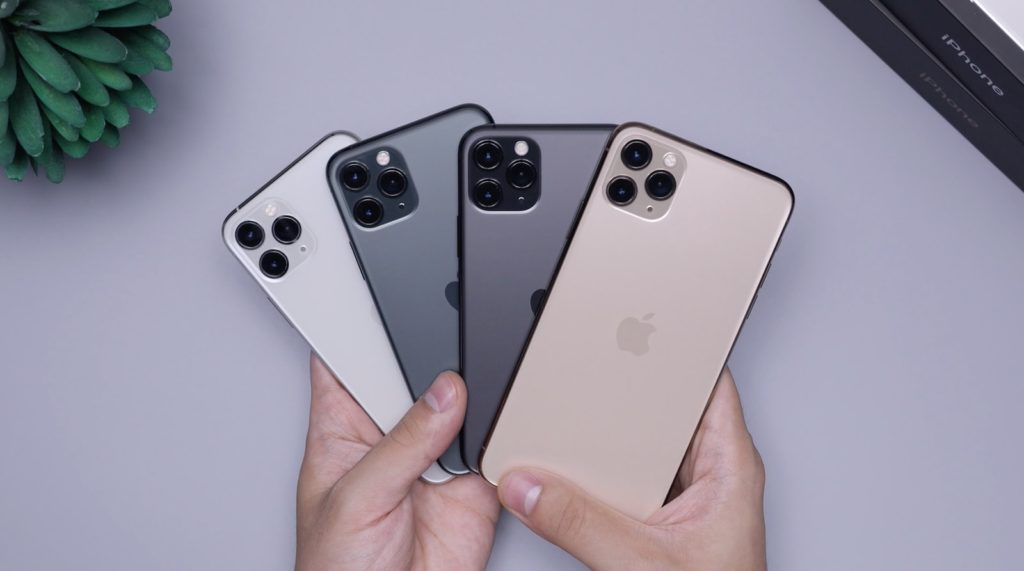
Authenticity
Not that authenticity has ever been frowned upon, but think back to when HDR processing was a big thing. Sure, some did it well. But most didn’t. Or maybe the garish, cartoonish look was the whole point. I don’t know.
Thankfully, the pendulum seems to have swung back in a more sensible direction. People are drawn to images that are more natural and impart a sense of relevance. This applies not just to the subject and setting of a photo, but also the post-processing.
Overly produced photos are out. Photos that more easily establish a connection between the maker and the viewer are in.

Self-Portraits
No, not selfies. The aforementioned ubiquity of smartphone photography made “selfies” a staple of social media platforms from day one. Purists, however, often derided these snaps as soulless and ultimately disposable, and they rallied in an effort to bring their treasured genre back to prominence.
The effort seems to have worked. Of course, selfies are still a thing. But even those who once were content to simply pose in front of their bathroom mirror have begun to incorporate themes of existentialism and sustainability, and reassess their own image in the context of the world at large.
Score one for self-portraits!
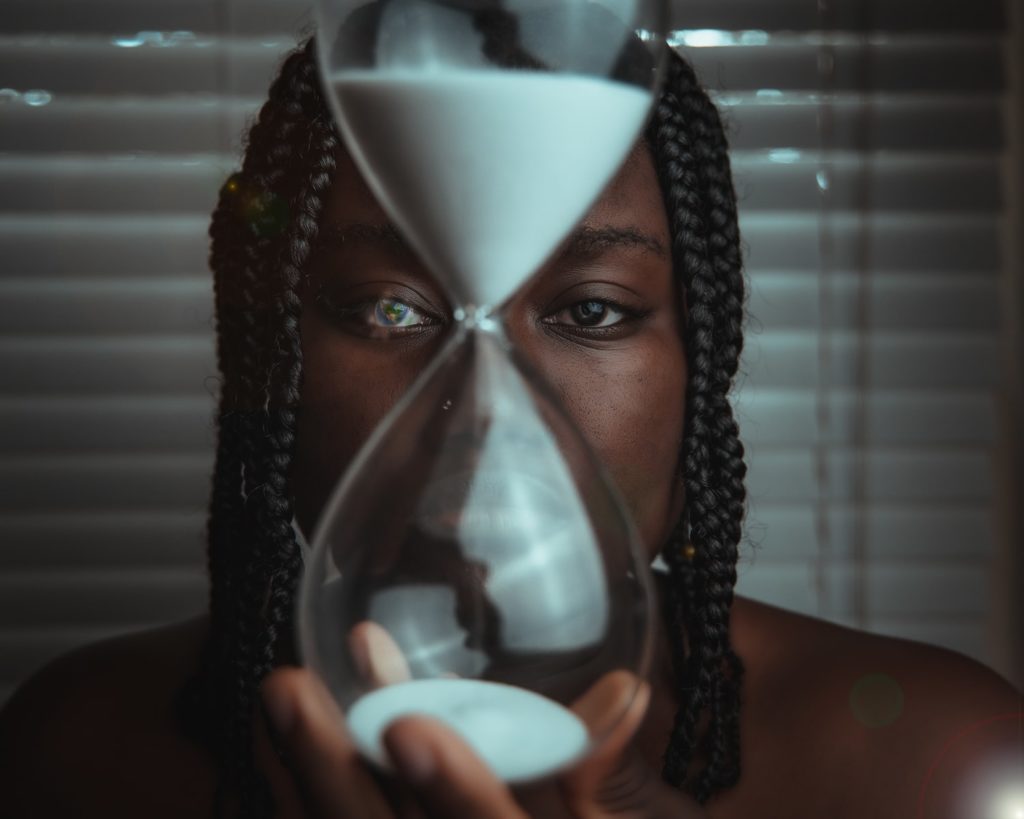
More Film
Just when you think film photography is descending back down into its analog abyss, it somehow manages to claw its way back.
Film manufacturers have discontinued multiple products, the cost of the film has risen sharply and there’s an ongoing supply problem (the last two points are particularly true of color film).
Obviously, demand is still there among enthusiasts and professionals alike, and small packs of curious photographers enter the fray from time to time, sending film photography on an upswing.
For some it’s “a look”, for others it’s about the process, and nearly all film photographers praise the tangible nature of the medium as a reason why they (we) love it so much.
It’s impossible to say how long this upswing will last, but one thing is for sure — film always finds a way.
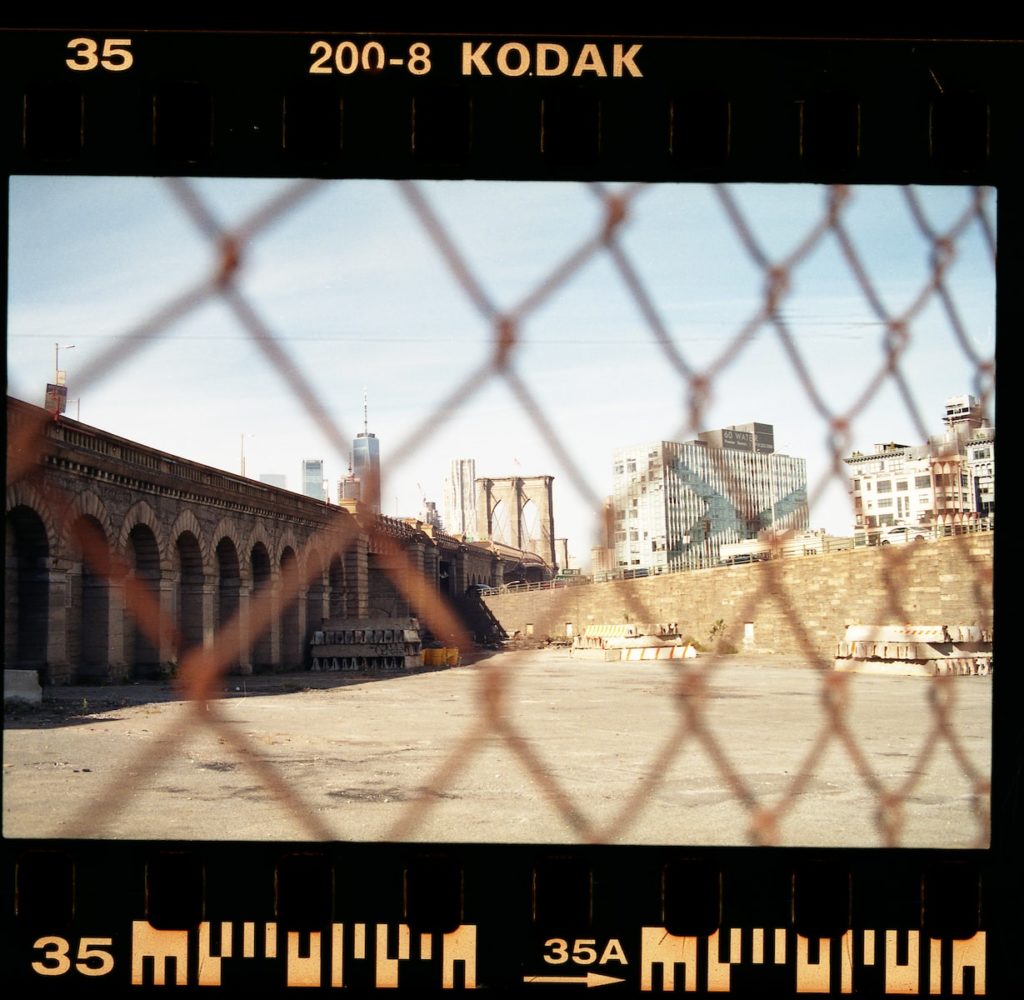
Final Thoughts On Photography Trends
Trends come and go; some are taken more seriously than others. But some, as is the case with the ones mentioned above, deserve to be a part of the photography conversation all the time.
Feel free to discuss some of your favorite (or least favorite) photography trends in the comments.
Further Reading:
- 7 Popular Instagram Filters And When To Use Them
- Why Cine Lenses Are Becoming More Popular
- Are Clicks Destroying Creativity? Or Why Do All Popular Instagram Accounts Look Alike?
- 7 Iconic Photographs That Proliferated In Popular Culture
- The Masters Of The Film Era Will Inspire You To Make Better Photos
- 15 Photography Trends You Need To Be Aware Of In 2022



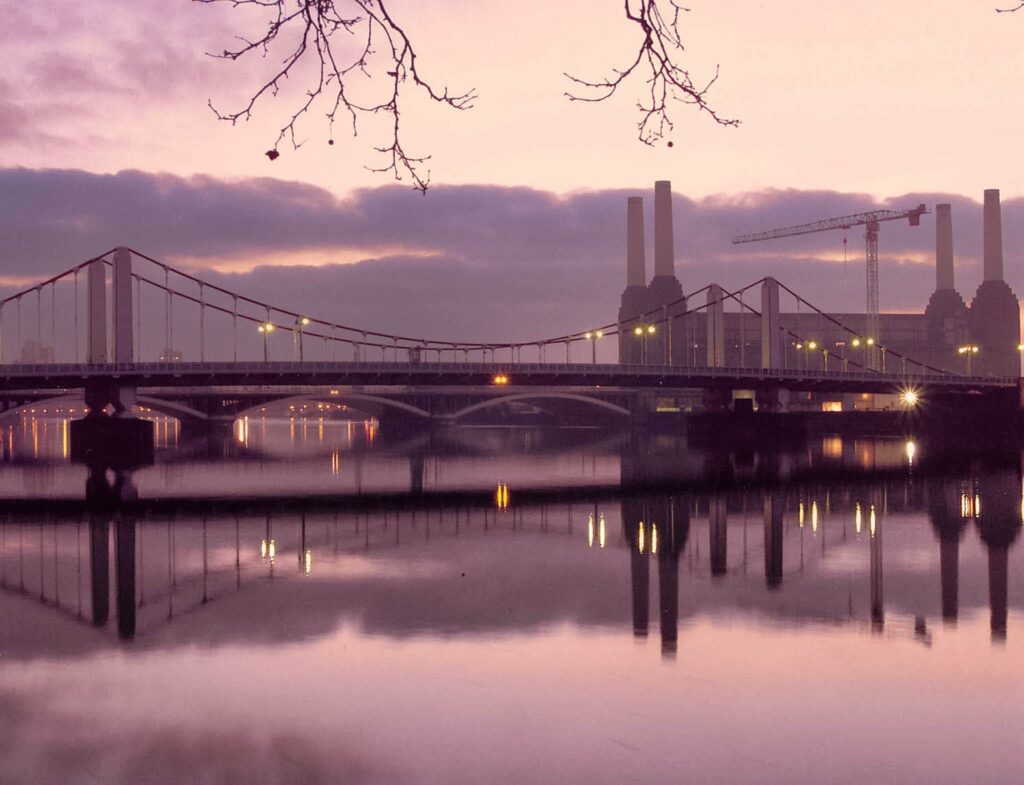
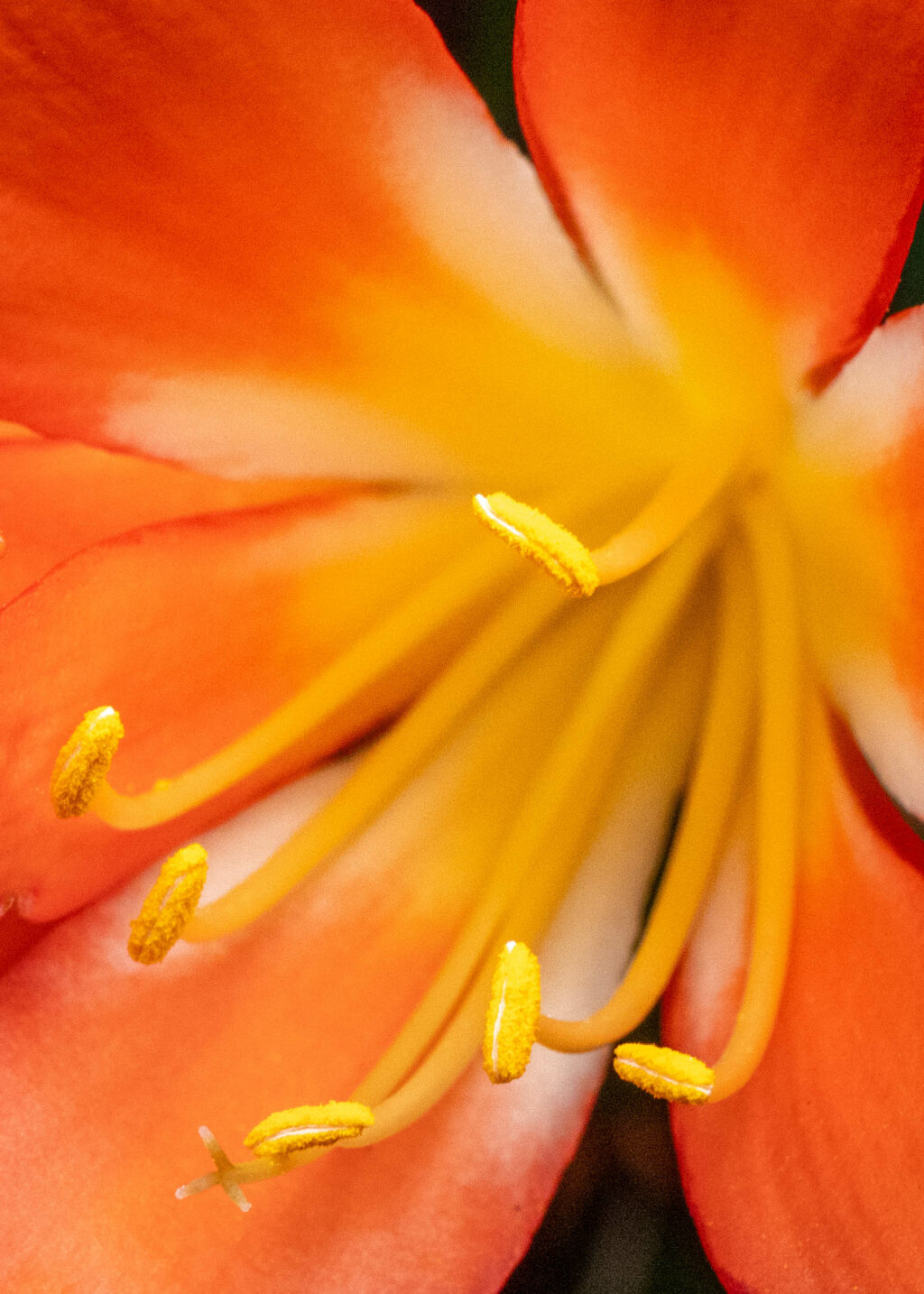
1 Comment
I feel there is a trend to latch on to anything new (or old) that may be seen as unique.
In particular there is the almost overwhelming “shoot in the red/blue hour etc”. Mid day on on a sunny day is a no no type of thinking.
Another one is the artificial look of long exposure photos incorporating water and clouds.
Both these trends have their places but the message today is that if you don’t use them your photos are inferior at best, crap at worst.
The trouble is, they are cliches and countless photographers get lulled into producing “clones” of other similar images.